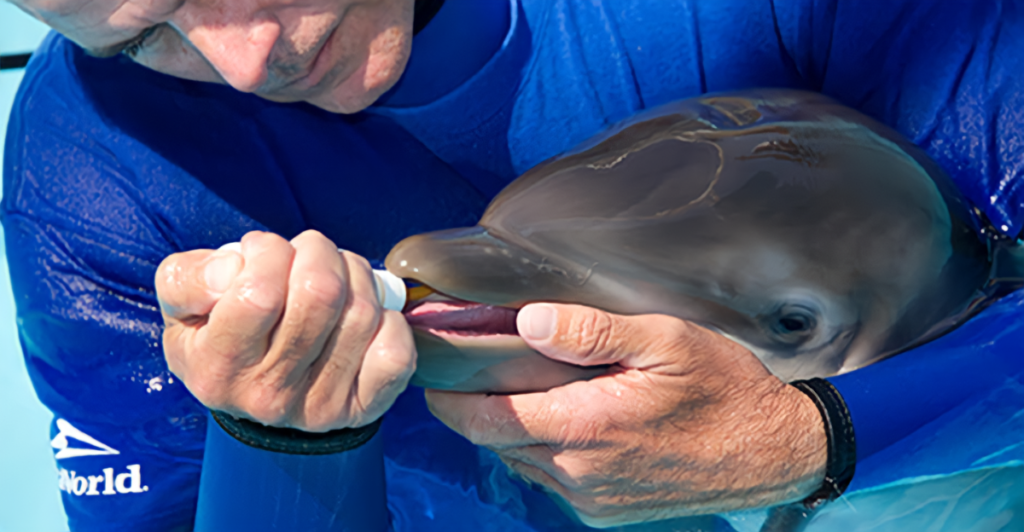
Fentanyl, a synthetic opioid, has been found in wild dolphins in the Gulf of Mexico. This finding is alarming and poses significant concerns regarding pharmaceutical pollution in marine environments. Scientists were surprised to find traces of multiple drugs in dolphin blubber, pointing to a possible environmental crisis that has been going unmonitored for years.
The Start of the Discovery
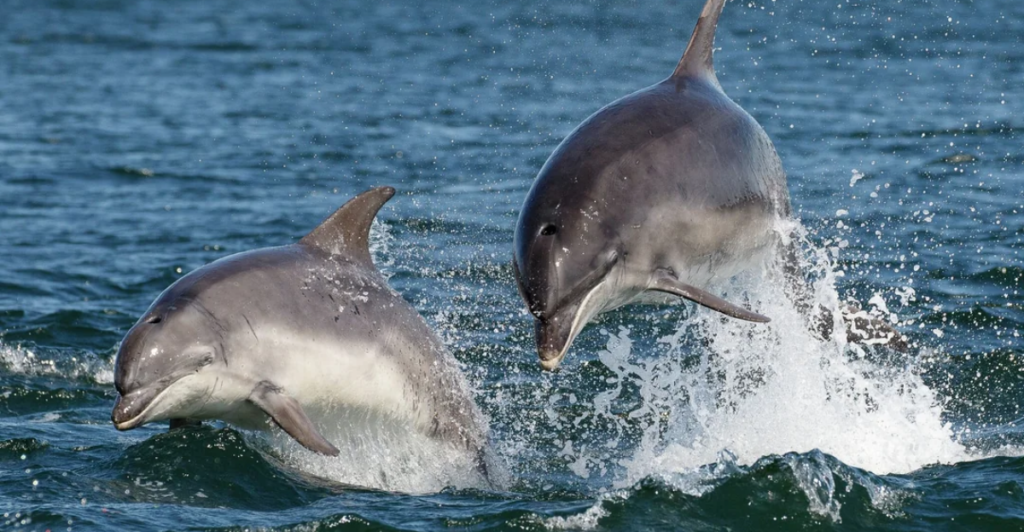
In 2013, Dara Orbach, a marine biologist, found a recently deceased dolphin and preserved it for future study. It was only when she later examined it that she found the drug traces.
The Game-Changing Study
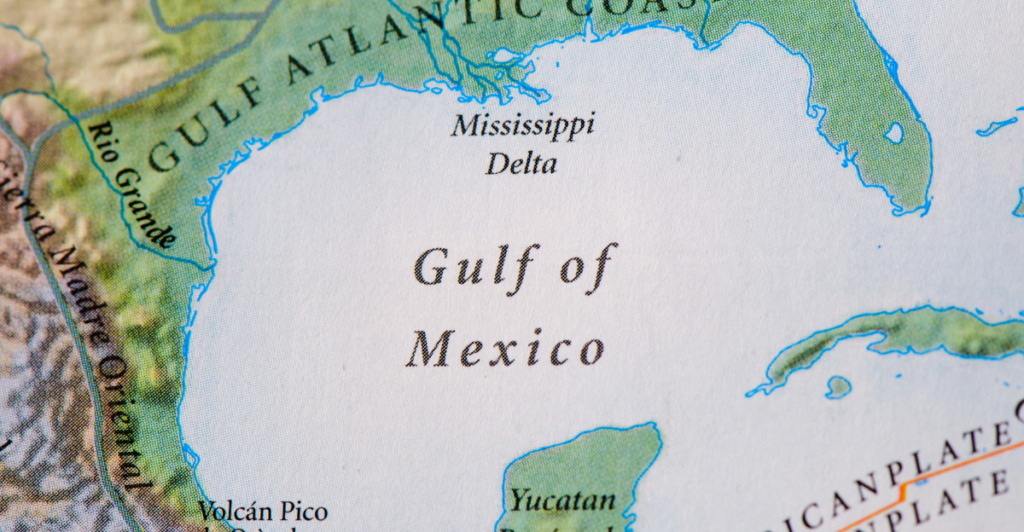
Years later, Orbach and her team searched for contaminants in the blubber of 83 live dolphins and six deceased ones in the Gulf of Mexico. Using advanced mass spectrometry, they tried to identify contaminants in the dolphins’ fat stores.
What They Found
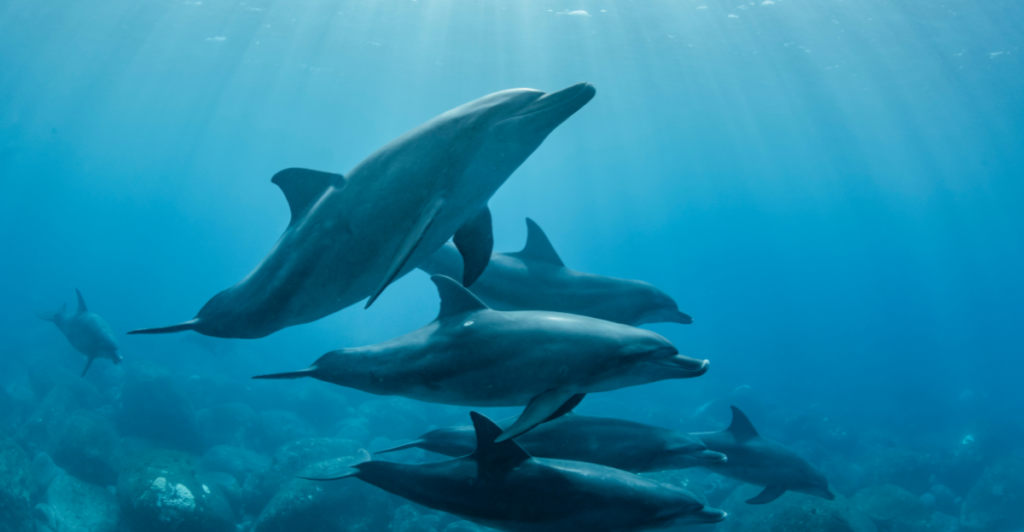
Shockingly, 30 dolphins had pharmaceuticals in their blubber, including opioids, muscle relaxants and sedatives. Fentanyl, a drug 100 times more potent than morphine, was detected in 18 live dolphins and all six dead dolphins.
Why This Matters
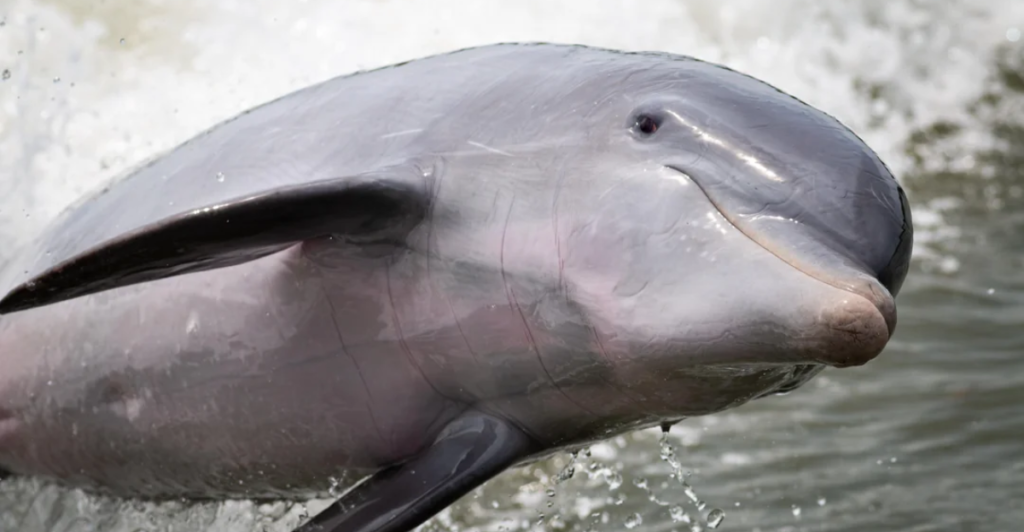
Bottlenose dolphins are considered bioindicator species that indicate the condition of the environment. The presence of fentanyl and other drugs in the water indicates that pharmaceutical pollution is moving through the marine food chains and may affect other wildlife and even humans.
How Drugs Get into the Ocean
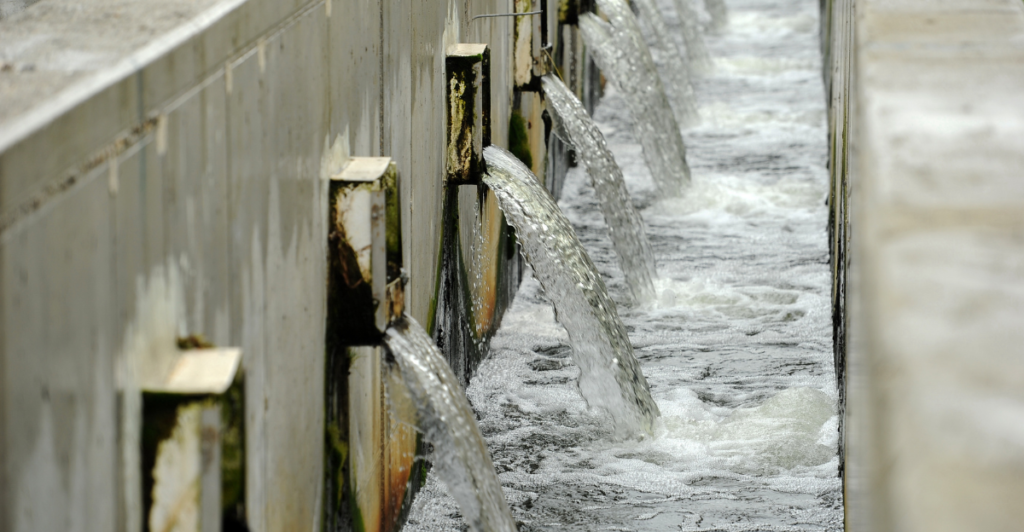
Pharmaceutical pollution can come from untreated wastewater, the use of veterinary drugs in farms, and the discharge of pharmaceutical industries. These pollutants are dumped into waterways and enter the food chain of marine organisms, making their way to predators like dolphins.
The Role of Blubber
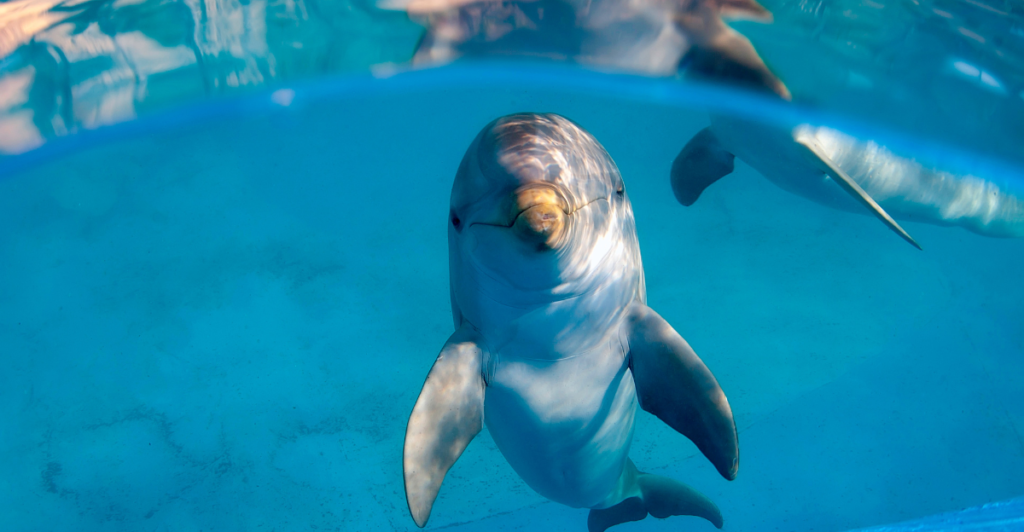
Blubber is used as a fat storage product, which gathers contaminants with time. Fentanyl is a lipophilic drug that attaches to fat cells easily, thereby making dolphins very susceptible the effects of drugs over time. This could have other unknown impacts on the health of marine mammals.
Unanswered Questions
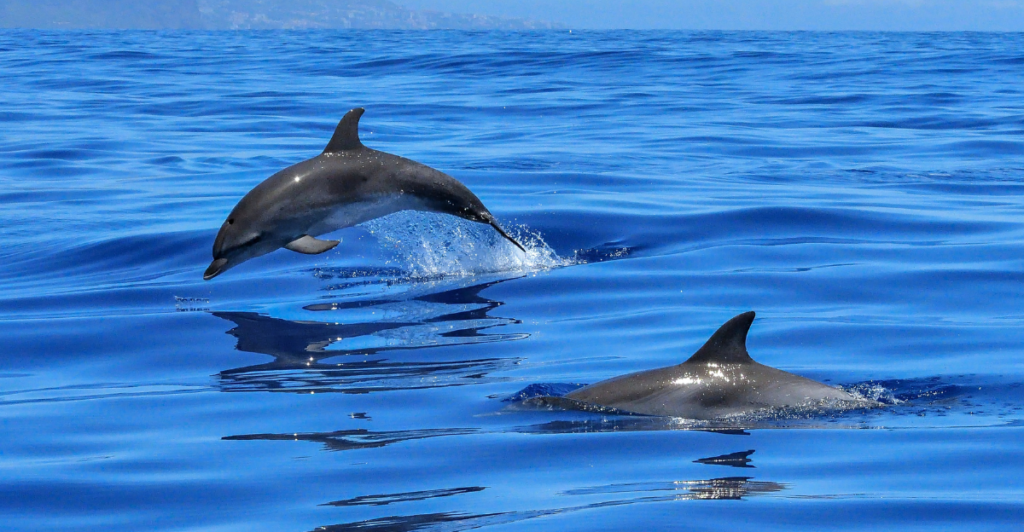
We still do not know how these drugs influence dolphins. While the levels found in their systems were quite low, it’s possible that such quantities may alter their behaviour, reproduction and immune system. Another issue of concern is the possibility of the transfer of antibodies from mother to calf during lactation.
A Long Standing Issue
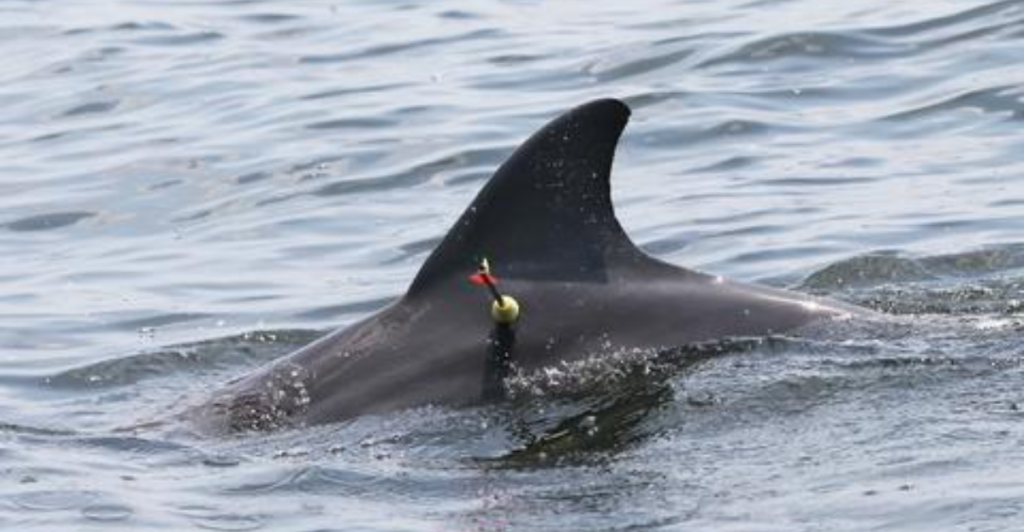
Some of the blubber samples were collected in 2013, yet they were still positive for fentanyl and other pharmaceuticals. This means that pharmaceutical pollution has been an ignored reality for a long time, and needs to be addressed immediately.
Implications for Human Health
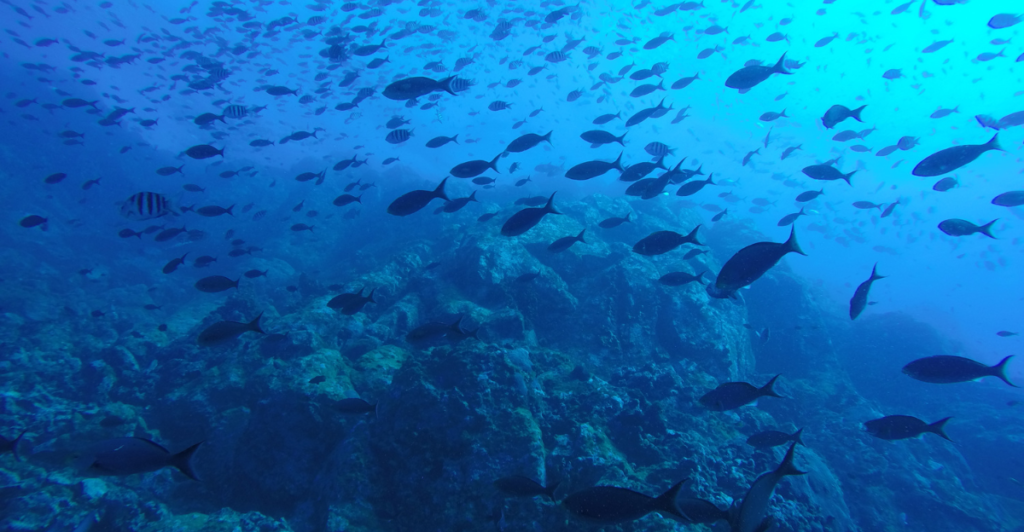
Dolphins feed on fish, which humans also eat. If such pollutants are ingested by marine organisms, it’s possible that we may be consuming them too.
What Can Be Done?
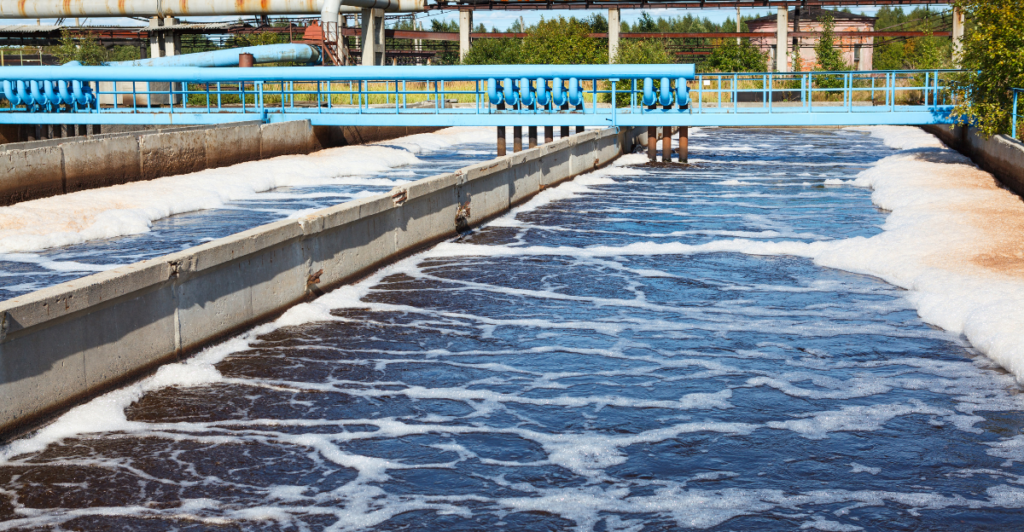
Researchers recommend the following; improving wastewater treatment, changing policies on drug disposition, and large scale ecosystem assessments. The public and policy makers need to be made aware of the dangers to avoid further pollution of our oceans.
A Call to Action

This study is a clear signal. The fact that dolphins have been found to have fentanyl and other drugs in their systems is a sign of a larger problem. Governments, industries and people have to try to minimize pharmaceutical pollution in the oceans.
Fentanyl In Dolphins Indicates A Bigger Threat

The discovery of fentanyl in dolphins that live in the wild is not only significant in itself but may indicate that pollution released into the environment is affecting even the most remote parts of the world. The warnings are still silent, and it is important to act now, before consequences become irreversible for marine life and for the rest of the world.
Explore more of our trending stories and hit Follow to keep them coming to your feed!

Don’t miss out on more stories like this! Hit the Follow button at the top of this article to stay updated with the latest news. Share your thoughts in the comments—we’d love to hear from you!







